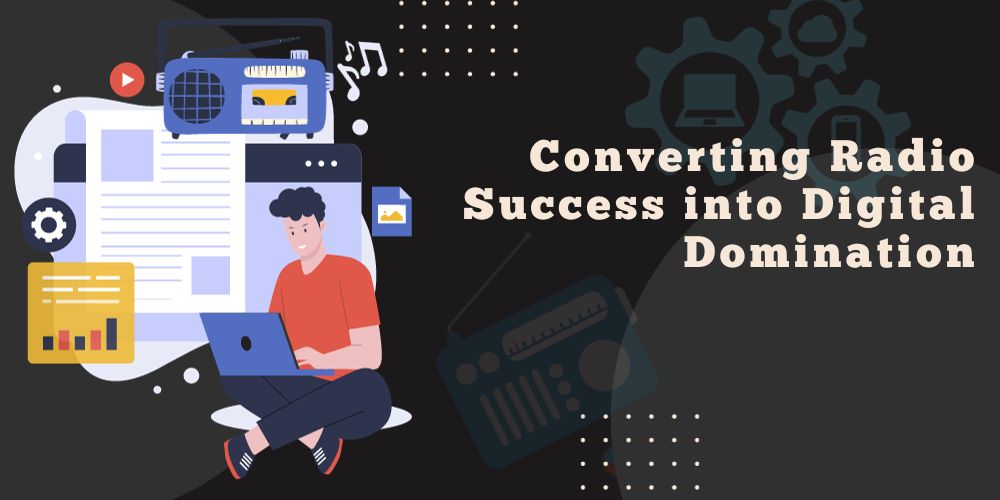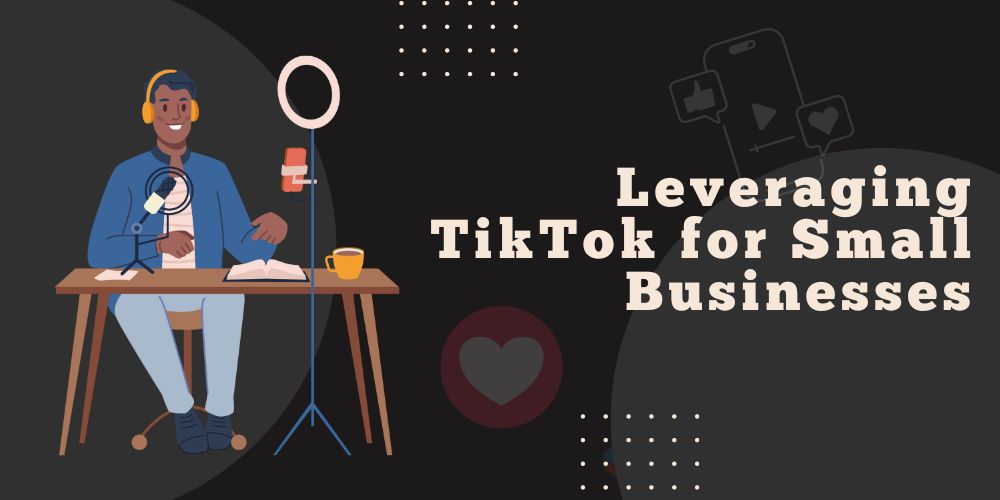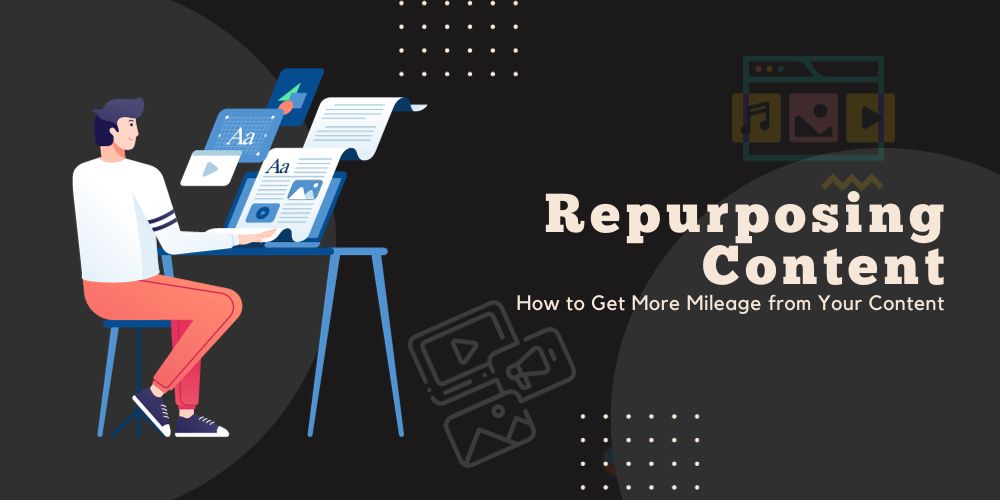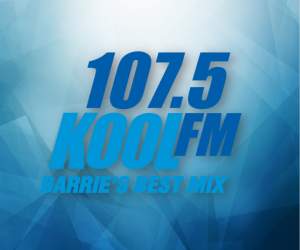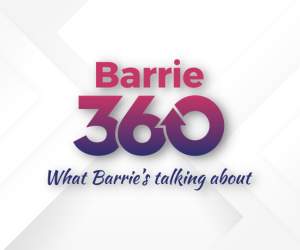At first glance, radio and digital marketing might appear disparate. Yet, when strategically intertwined, they form a powerful partnership.
Radio, with its unique ability to captivate through auditory engagement, complements digital’s visual and interactive nature. Together, they offer a multifaceted approach to engage audiences across various touchpoints.
Creating Immersive Experiences
Imagine a scenario where a compelling radio ad airs during prime commuting hours, catching the attention of listeners and bringing awareness to your brand. The more often they hear the ad, the more recognizable your brand will be.
Here is where digital marketing steps in seamlessly.
Through social media posts, targeted display ads, articles, and engaging video content, the same brand message that resonated over the airwaves now appears on screens. This helps reinforce the narrative, solidify brand recall, and create even more opportunities to share information, create engagement, and drive conversions.
But this is just the start.
There are even more harmonies between digital and radio that your integrated marketing strategy can take advantage of.
Targeting The Right Audiences
The collaborative approach between radio and digital marketing allows for precise audience targeting.
Radio has long been praised for its wide reach, but digital platforms offer unparalleled insights into consumer behavior and preferences.
By harnessing the strengths of both mediums, marketers can craft highly targeted campaigns that resonate with specific demographics. For instance, utilizing radio to introduce a brand’s message to a broad audience and then leveraging digital channels to engage and convert those interested leads into customers.
Increasing The Longevity Of Your Campaign
The integration of digital with radio can be an effective way to extend the longevity of your marketing campaigns.
While a radio ad might last for a specific duration during airtime, its impact can be prolonged through digital channels. Social media posts can reintroduce snippets of the radio ad, evoking nostalgia and reinforcing brand recall.
Additionally, digital platforms allow for ongoing engagement through interactive content, contests, or live Q&A sessions, creating a continuous dialogue with the audience long after the radio spot has ended.
Measuring Impact More Precisely
The measurability of digital marketing complements the traditionally harder-to-measure impact of radio.
Metrics like click-through rates, impressions, and conversions provide concrete data that marketers can use to assess the effectiveness of their campaigns.
By tracking user engagement across digital platforms following a radio ad airing, marketers can gain valuable insights into the ad’s reach and impact, enabling them to optimize strategies for better performance.
Increasing The Effectiveness Of Storytelling
Let’s not overlook the role of storytelling in this collaboration.
Radio, with its knack for narrative-driven content, sets the stage for compelling brand storytelling. It introduces audiences to a brand’s ethos, values, and unique selling propositions in an engaging manner.
Digital platforms then pick up this narrative thread, weaving it into visually captivating stories through videos, infographics, or interactive websites. This cohesive storytelling across mediums ensures that the brand’s message is not only heard but also felt and remembered.
RELATED: The art of storytelling in marketing campaigns …
Setting Yourself Up For Future Success
As technology continues to evolve, the integration between radio and digital marketing is poised for further innovation. The rise of smart speakers and voice-activated devices presents new opportunities for brands to merge the auditory appeal of radio with the convenience of digital interfaces.
Interactive voice ads or branded content tailored for these platforms could redefine the way audiences engage with brands, blurring the lines between traditional radio and digital spaces.
Repurposing Radio for Digital Success
Repurposing radio ad content for the digital realm requires a thoughtful approach. Transforming audio into visually compelling formats like videos, GIFs, or interactive content maintains the essence of the original message while catering to digital audience preferences.
Additionally, using snippets or memorable catchphrases from radio ads in social media posts or email campaigns helps reinforce brand recall.
Here are just some ways that you can repurpose radio content online:
1. Radio Jingles as Social Media Videos
Scenario: A catchy jingle promoting a new business plays on the radio, catching the attention of listeners with its upbeat melody and memorable lyrics.
Repurposing for Digital: Transform the jingle into a short video featuring vibrant visuals of people visiting the business, coupled with the jingle as the background music. This video can be shared on TikTok, Instagram Reels, or YouTube Shorts to create a fun, shareable piece of content that capitalizes on the familiarity of the radio jingle.
2. Storytelling from Radio Ads as Blog Posts
Scenario: A fitness center airs radio ads that feature stories of customers getting fit and how it has changed their life.
Repurposing for Digital: Convert these stories into longer-form content, such as blog posts or articles on the fitness center’s website. Include additional details, images, and customer testimonials to create in-depth, engaging narratives.
Promote these blog posts through social media channels and email newsletters to reach a wider audience interested in heartfelt, real-life stories.
3. Event Announcements as Animated Ad Graphics
Scenario: A local event organizer promotes upcoming events and activities through radio announcements.
Repurposing for Digital: Convert event announcements into animated GIFs or banners. Distribute these visuals on event listing websites, community forums, social media, and email newsletters.
Optimize them for targeted ads across websites frequented by the target demographic, boosting event visibility to interested audiences.
4. Brand Messages as Interactive Social Media Challenges
Scenario: A sports brand promotes its values and encourages an active lifestyle through radio messages.
Repurposing for Digital: Transform these messages into interactive social media challenges. Design fitness challenges, outdoor activities, or sports-related tasks that align with the brand’s ethos.
Encourage followers to participate, share their experiences, and tag the brand. Share the challenge across platforms to promote engagement and brand advocacy.
5. Product Features as How-To Videos
Scenario: An electronics brand highlights key features of its latest gadgets in radio ads.
Repurposing for Digital: Create step-by-step how-to videos showcasing these features in action. Film demonstrations and explanations of product functionalities, adding subtitles for clarity.
Share these videos on YouTube, Facebook, and LinkedIn to educate potential customers and showcase the product’s value.
6. Health Tips as Short Reels
Scenario: A healthcare provider runs radio ads offering health tips and wellness advice.
Repurposing for Digital: Transform these health tips into short, informative reels, and short-form videos. Include visuals like animated graphics, demonstrations, or quick facts that emphasize the advice.
Share this content on platforms like TikTok, Instagram, or YouTube Shorts to engage and educate a wider audience interested in health and wellness.
7. Educational Radio Segments as Infographics
Scenario: A financial institution shares money-saving advice and investment tips through radio segments.
Repurposing for Digital: Condense the key points from these segments into visually appealing infographics. Use colorful graphics, charts, and concise text to convey the advice. Share these on platforms like Pinterest, LinkedIn, and Instagram to attract students and professionals seeking educational guidance.
8. Care Tips as Sponsored Content
Scenario: A car dealership highlights car care tips and maintenance advice in radio spots.
Repurposing for Digital: Partner with a local site that targets your audience and sponsors informative car care content or maintenance checklists based on the tips you aired on the radio. Push this content out on social media and podcasts to drive listeners to the long-form content piece.
9. Market Insights as Guides
Scenario: A real estate agency shares housing market insights and home-buying tips on radio spots.
Repurposing for Digital: Create informative articles or comprehensive guides about the housing market and the home-buying process, optimizing them for SEO. Publish these on the agency’s website and promote them through targeted ads on real estate listings websites, property forums, and financial planning platforms to attract potential homebuyers seeking guidance.
Transitioning From Airwaves To Your Website
Your website serves as a digital storefront, inviting visitors to step into your world. Radio ads can act as a key driver for getting listeners to visit your website.
That means that the essence of your radio ad needs to be extended to your website.
Visual elements, messaging, and the overall vibe should resonate harmoniously. This continuity not only reinforces brand recall but also enhances the user experience, making it easier for visitors to connect the dots between your ad and your online presence.
In addition to creating consistency on both platforms, you want to ensure that your listeners can quickly find what was promised in the radio ad. Whether you are promoting a new product, sharing success stories, or getting people to click through to a piece of content, it should be front and center on your home page so that your audience can move seamlessly through the buyer’s journey.
RELATED: The importance of brand consistency in marketing …
That way, your listeners can quickly and easily follow through with your call to action, helping to improve lead nurturing and increase conversions.
The Impact Of Combining Radio and Digital
The collaboration between radio and digital marketing isn’t just a combination of different channels … it’s a strategic alliance that maximizes each medium’s strengths.
By intertwining auditory engagement with visual interactivity, marketers can create immersive experiences that resonate with audiences, amplify brand messages, and drive tangible results.
As technology advances, this partnership will likely continue to evolve, opening doors to innovative ways of captivating audiences across multiple touchpoints.
RELATED: Effective strategies to increase website traffic and generate more leads …

